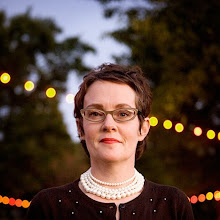
image copyright: Kevin J. Miyazaki
Part Two of Eddie Jones's discourse on museums we like / don't like:
Eddie Jones:
Sometimes cities will commission an art museum prioritizing tourism over serious art education.
Consider Milwaukee, Denver and the poster child of civic transformation, Bilbao.
All three of these recent blockbuster museums have been extremely successful. Clearly the goal focused on dynamic urban form, assuring the city an elevated position in the cultural pecking order. In exchange, logical, conventional, flexible, economical and curator-friendly public exhibition space is relinquished.
Even I, who will confess to value architecture over any other art form, finds these new museums to be a curatorial nightmare and programmatically deficient! However, given the goal, these museums deliver.
On the other extreme, one can exalt Dia: Beacon’s old box factory and the Judd Foundation’s converted railroad and munitions buildings in Marfa, Texas. Simple, elegant and originally designed for other purposes, these buildings enclose spaces any curator or artist would happily embrace. Paintings and sculptures soar in their unassuming day-lit rooms.
Although they do not care to represent state of the art architectural possibility, I would say the small towns of Beacon, New York and Marfa occupy a unique place on an elite list of art-oriented cities.
Marilu's response:
I was in Bilbao just after the new Guggenheim opened, and was surprised by how little activity there was around the building. No doubt this one of the most spectacular sites for a museum, which seemed like an alien ship landed from the future. I was in Bilbao again, ten years later, and met the director of the new museum in Vitorio-Gastiz, the provincial capital; he lived in Bilbao.
I asked him if the Guggenheim had any affect on the arts community in Bilbao and he said no, it did not. Yet the waterfront was bustling with activity, new restaurants had opened up around the Guggenheim, small b & b's had popped up, the government had a new underground system. The Bilbao effect continues, but not for the local art scene.
What could the museum have done to embed the museum more effectively into the life of the city the way they got the politicians to pay for the thing? If there is no ripple effect outward for the arts community, what are we, as professionals, demanding of our profession?




No comments:
Post a Comment